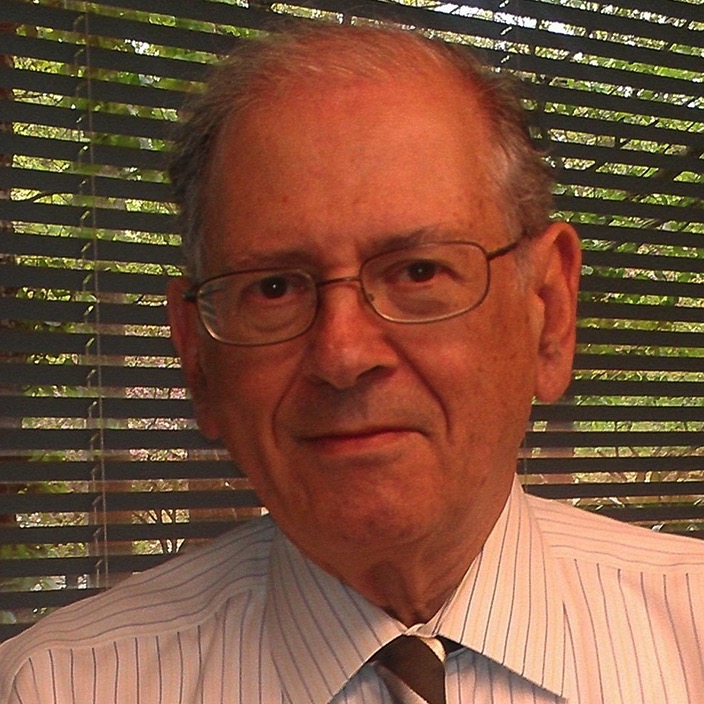
Very few people can say they invented the internet, and actually mean it. The Internet began as an experimental resource called the ARPANET, to connect several governmental labs together. Both Vinton Cerf and Robert Kahn worked on the early designs of ARPANET, but it was their development of a way for all the different computers in the world to talk to each other (TCP/IP) that allowed the internet as we know it today to exist.
The Internet began as an experimental resource called the ARPANET, created by the Pentagon's Advanced Research Projects Agency (ARPA) to connect several educational and governmental labs together and facilitate communication among them. At first, the nuts and bolts workings of the system were fairly rudimentary and self-contained. But as it began to grow and evolve into something more complex and ambitious—extending into ever bigger networks and facilities and becoming the worldwide Internet we know today—those nuts and bolts were no longer good enough. For thousands of different computers to communicate reliably with each other over vast distances with impeccable stability, a more robust and dependable set of universal standards was required. That is where Robert Kahn and Vinton Cerf came into the picture.
Even before joining the Information Processing Techniques Office within DARPA (the U.S. government’s Defense Advanced Research Projects Agency and ARPA's successor) in 1972, Robert Kahn had been involved with the ARPANET from its beginnings. All data networks require a set of protocols, which are standards that specify how messages are addressed, formatted, and transmitted over the network. Kahn soon realized that the basic communications protocol created for ARPANET, called NCP (Network Control Program), was not robust enough for a bigger network. As the numbers of interconnected computers and network nodes, variety of different hardware, and message sizes increased, the ARPANET became more and more susceptible to errors, congestion, and interference in the radio and satellite links that carried much of it. Inspired by his concurrent project working on satellite communications, Kahn set about designing a new networking protocol.
Meanwhile, Vinton Cerf was finishing up his Ph.D. in computer science at UCLA, researching packet network protocols and also contributing to UCLA's ARPANET work, most notably helping to devise the NCP protocol. While at UCLA he also met Kahn, who in 1973 enlisted Cerf in the quest to develop NCP's replacement. By the following year, the two men had developed the Transmission Control Protocol (TCP), the system that would become the fundamental architecture of the Internet into the 21st century.
At the time, neither Kahn nor Cerf was thinking on such a grandiose scale. They were simply striving to overcome some daunting problems within ARPANET. It was one thing to connect a handful of similar computer systems to each other, but as ARPANET continued to grow, they had to enable communications across an ever-expanding network with ever-increasing complexity and diversity, allowing widely disparate networks and systems to talk to each other.
With the ARPANET’s packet switching technique, developed by Franklin Institute Laureate Paul Baran, a message is broken up into smaller parts (packets), each sent independently and then reassembled into a complete message at the destination. Each packet can be sent by different routes and even out of sequence, thus increasing the system's flexibility and reliability. A key principle of TCP is that the network itself is "dumb," meaning that the "brains" of the system are distributed on the edges, in the computers at each end of a message. There's no overall controlling mechanism, which also means there is no single point of possible failure; if a message can't get through one way, it simply finds another route to its destination. TCP is also an open-architecture protocol, meaning that it can be used by any computer network despite its operating system.
Kahn and Cerf continued to refine and test TCP over several years and by 1983, it was adopted as the standard for both ARPANET and all other military computer systems. Now known as TCP/IP (IP for Internet Protocol, used for applications such as voice communications that do not require full TCP packet transmission), Kahn and Cerf's protocol was steadily adopted by major corporations, universities, and computer makers over the ensuing decade until it was solidly established as the gold standard for digital communications. With few tweaks and modifications over the following years, TCP/IP continues to the present day as the backbone of the worldwide Internet. As the Internet has spread to every corner of the planet and even beyond into space, TCP/IP has proven almost infinitely scalable, reliable, and robust, such that no replacement has ever been seriously considered.
Cerf and Kahn continued to work with DARPA for some years after developing TCP before each left to concentrate on new ventures. Kahn founded the Corporation for National Research Initiatives in 1986 and continues as its chairman, CEO, and president. Cerf moved to the telecommunications company MCI, developing the first commercial email service and other Internet innovations. He also served as chairman of ICANN, the international authority that manages Internet addresses worldwide. Since 2005, he has held the unique role of vice president and "chief internet evangelist" for Google.
Cerf and Kahn continue to make seminal contributions to the crucial piece of the indispensable infrastructure of human civilization called the Internet. Every person who has ever sent an email, downloaded a webpage, or sent a photo to a friend owes a debt to them. Though no one can claim to be the "inventor of the Internet," Cerf and Kahn are undeniably the individuals who made it practical, useful, and ubiquitous.
Information as of March 15, 2018

